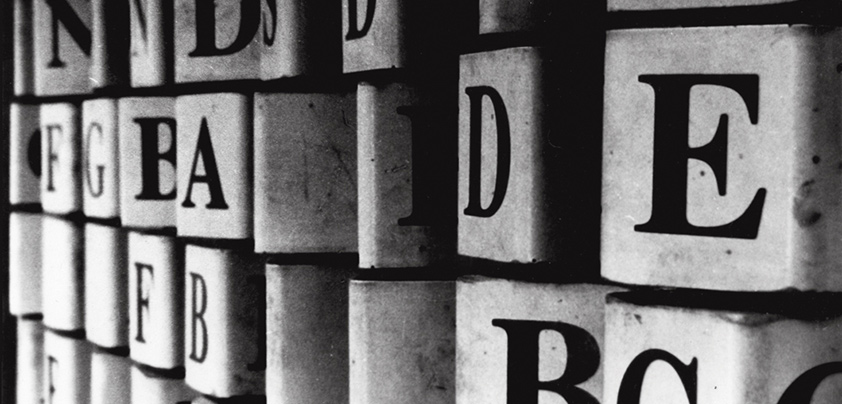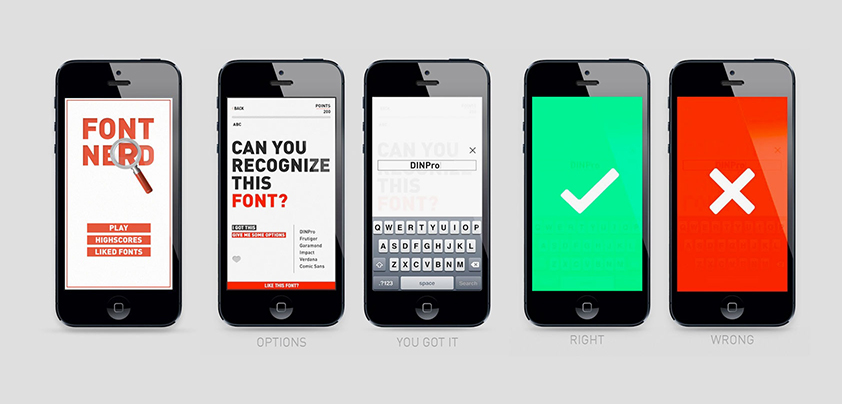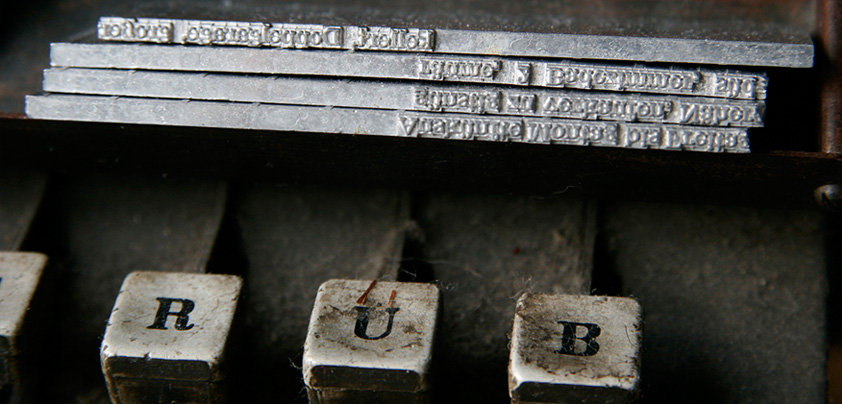The Best Fonts for Content Heavy Web Pages
When it comes to the Internet, content is king. That is more true today than it has ever been, as change after change has punished poor quality thin content and rewarded meaningful and useful information. With every new tweak of the search engine algorithms, quality content becomes more and more important. If you are not paying attention to the content on your website and the useful information you provide to your readers, it is only a matter of time before your site drops in the rankings and your passive income starts to disappear. It is therefor of importance to choose the best fonts.
Adding content rich pages to your website is one of the best ways to improve your search results and drive more customers through your virtual doors, but simply writing good content is not enough. You need to make sure the content on your website is easy to read and access as well as engaging and interesting.
You might not think that something as simple as the font would make much of a difference, but the font you choose can have a major impact on the readability of your site and the reputation of your company. While there is no one font all webmasters should use, there are a few basic rules you should follow when updating your site and bringing additional pages onboard.




